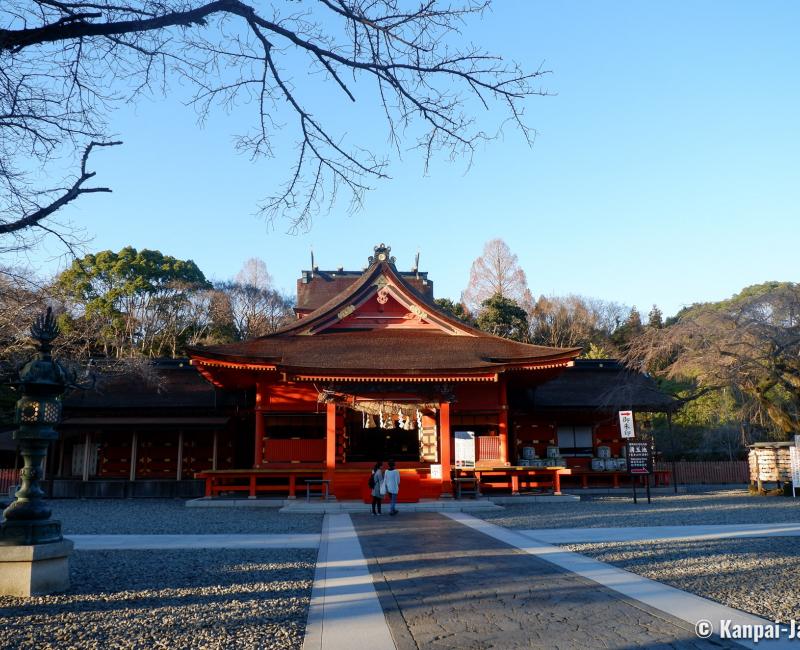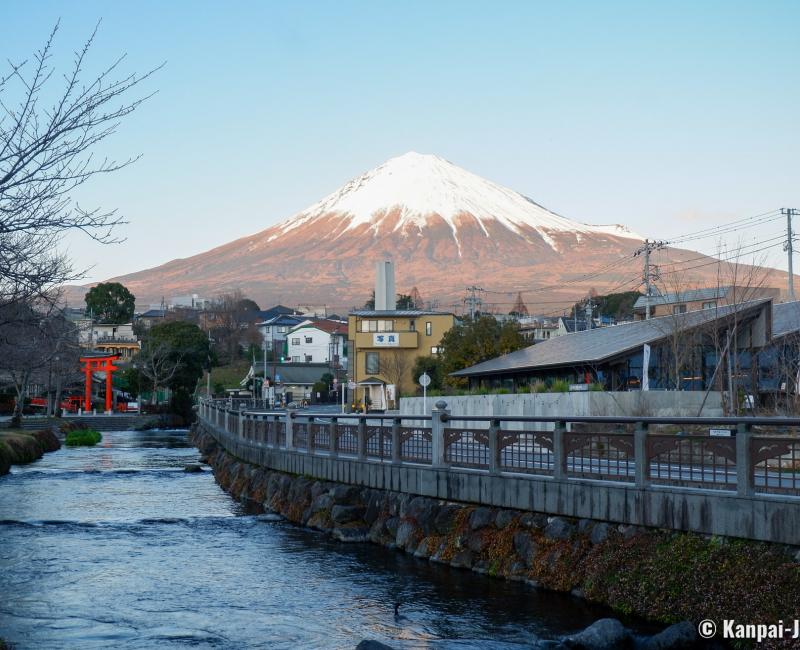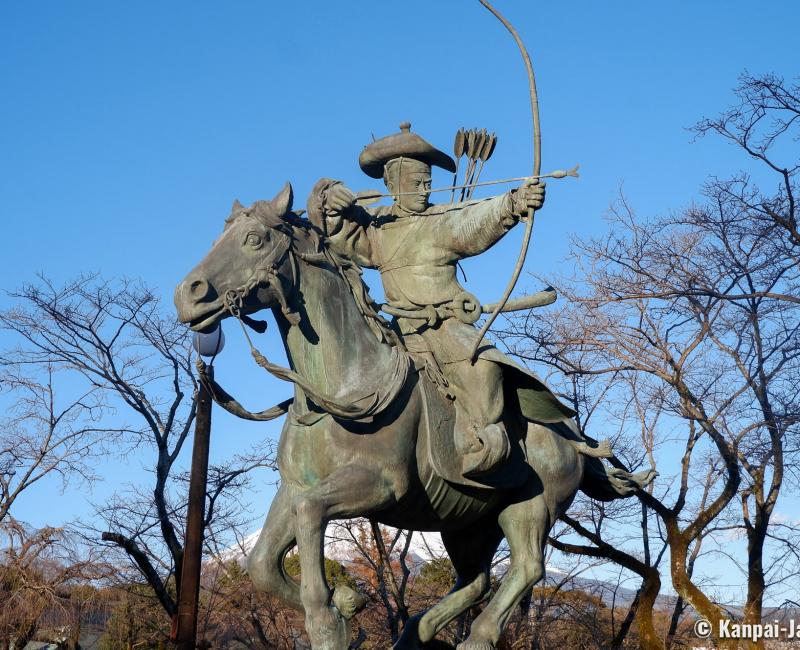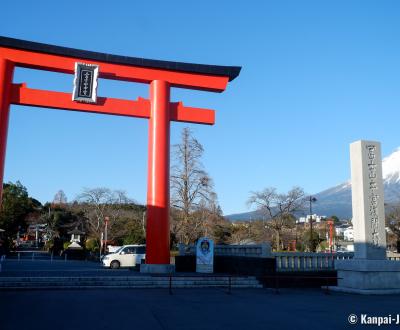Fujisan Hongu Sengen Taisha
The Shrine to Mount Fuji’s Goddess
Fujisan Hongu Sengen Taisha is a Shinto shrine located on the south-western foot of Mount Fuji, in Fujinomiya City, Shizuoka prefecture. The snow melting from the sacred volcano is still flowing to the shrine’s grounds whose origins are closely linked to ancient eruptions. The main building displays a preserved architecture that was designated Important Cultural Property of Japan.
Fujisan Hongu Sengen Taisha was built to protect the inhabitants from the many eruptions of Mount Fuji 🗻 at the time. The beginning of its construction was estimated around thirty years BCE, during the reign of Suinin, the 11th legendary Japanese emperor. In order to soothe the mountain’s wrath, he had a pavilion built to enshrine Asama-no-okami, the first kami (deity) of Mount Fuji. Nowadays, the Shinto site is dedicated to Fuji-san’s deity, the princess Konohana-no-Sakuya.
Fujisan Hongu Sengen Taisha is one of the most important places of worship in Japan and is the head shrine of the 1,300 secondary Asama and Sengen shrines throughout the archipelago. The shrines built above the 8th station of Mount Fuji are also part of its compound. Moreover, the sacred site was an ancient starting point for pilgrims to climb Fuji-san.

A specific architecture to honor Mount Fuji
We recommend beginning the visit of the shrine from its main entrance, marked by a huge bright red torii ⛩️ gate. The view in indeed quite impressive, with Mount Fuji standing next to it in the horizon. Then walk the cobbled alley to the main gate and its authentic roof covered in cedar bark. When visiting at sunset, the buildings’ red hues are further deepened by the last rays of light.
The path surrounded by trees passes by a statue of Minamoto-no-Yoritomo (1147 - 1199), the founder of the Kamakura shogunate (1185 – 1333) represented on a horse back during an archery hunting. Then, in the center of the sacred grounds, a nice plaza opens for worshipers to carry out the usual rituals of a Shinto shrine, such as omikuji (fortune paper strips) and ema (votive plates).
The main building Honden was designated Important Cultural Property and is composed of two pavilions:
- The inner shrine of Sengen architectural style, characterized by its two stories. Its greater height compared to the other constructions was intended to remind of Mount Fuji ; and,
- The outer shrine whose cedar bark roof is of the traditional architectural style irimoya-zukuri.
The latter, as well as the main gate, date back to the early 17th century, and were build by Tokugawa Ieyasu (1543 - 1616) to celebrate his victory in the battle of Sekigahara in 1600, the historical milestone in his journey to become shogun and the last unifier of Japan.

Sacred water flowing down from the volcano’s summit
Fujinomiya City is irrigated by the water directly welling from Fuji-san and from the snow melting at its top, water that naturally flows near Fujisan Hongu Sengen Taisha and forms Wakutama-ike pond next to the pavilions at the eastern exit.
It is a natural and sacred purification place, where pilgrims came to bathe before climbing Mount Fuji at the times. In the same manner as Shiraito Falls, located a few kilometers further north, bathing in the cold water was considered a good training for the prospective climbers before enduring the low temperatures at the top of the volcano 🌋.
As of today, locals are still using the perfectly clear spring 🌸 water for their daily needs.

Celebrations throughout the year
As a great regional shrine, Fujisan Hongu Sengen Taisha organizes many festivals following the rhythm of the seasons and Shinto traditions all year round. Notable celebrations are:
- Setsubun Festival, on February 3 (sometimes 4), to ward off evil and demons,
- Yabusame Horseback archery races, held in May from 4 to 6,
- Opening (July 7) and Closing (September 7) ceremonies of Mount Fuji climbing season for the larger public in summer,
- Autumn 🍁 festival, in November from 3 to 5.
If possible, we recommend discovering the site during one of these celebrations and partake with the locals, in a beautiful opportunity to explore further the Japanese culture and Shintoism.

